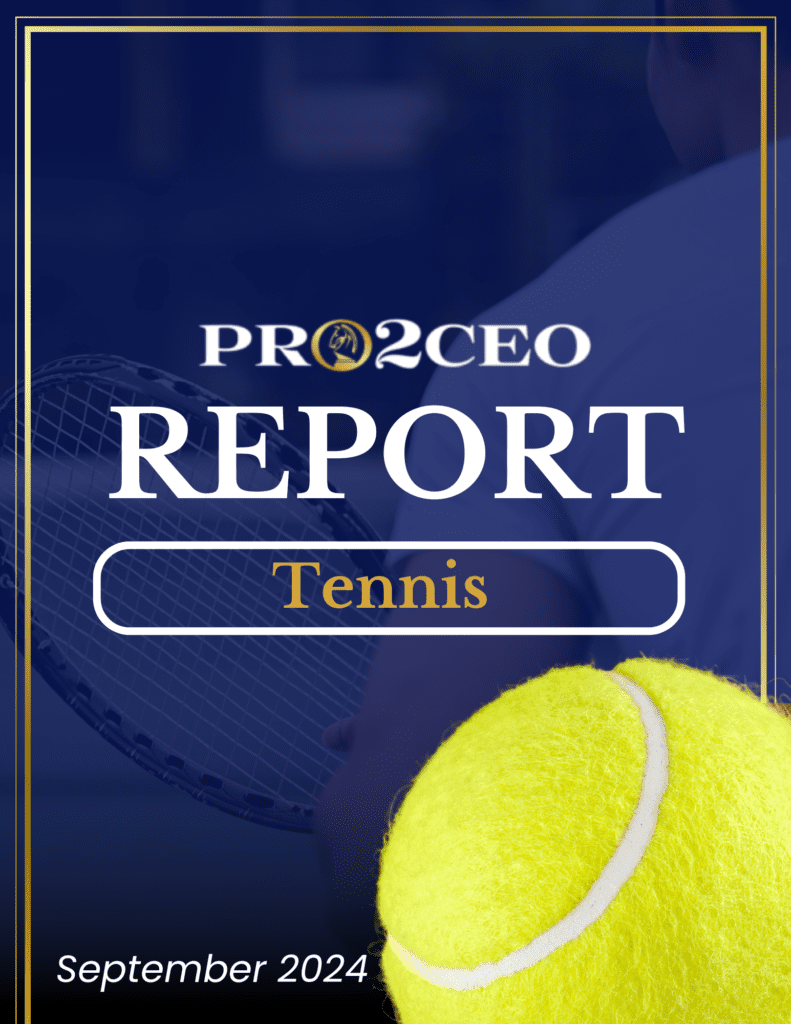
Introduction
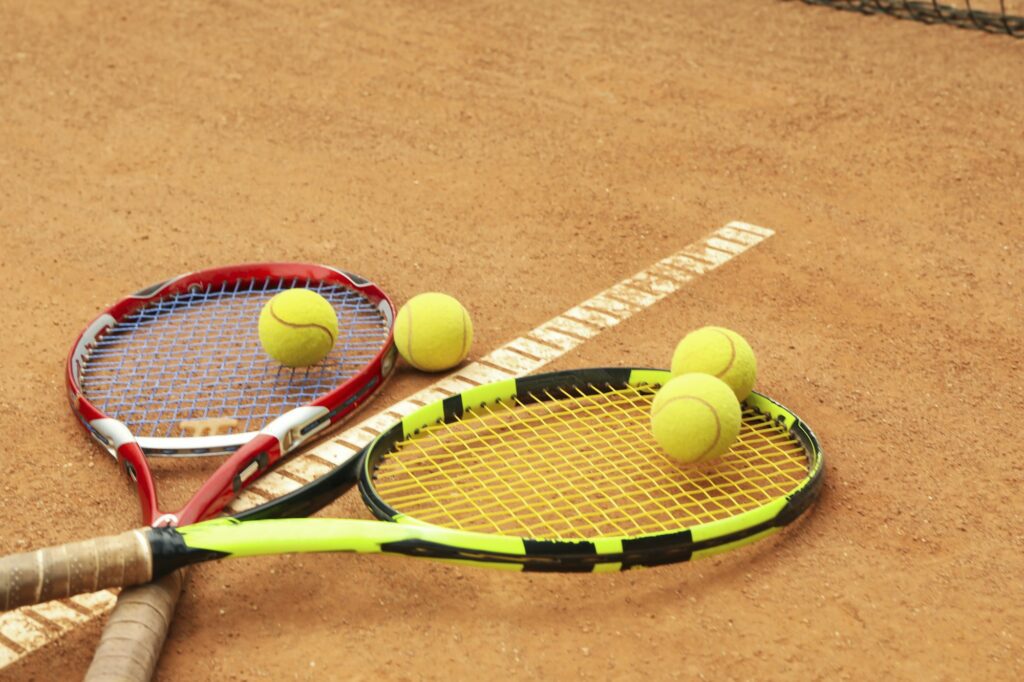
Previous iterations of the PRO2CEO Report have examined the most successful transitions of former professional athletes in modern day sport. This includes a brief look into the respective business portfolios of these athletes, trends against more unique paths, and additional insight into the next wave of current athletes aiming to set themselves up for excellence in transition. The overarching purpose remains the same for this Fall 2024 edition. However, this latest entry will also mark two PRO2CEO firsts: an individual sport and male and female combined rankings.
To date, the PRO2CEO Report has maintained a focus exclusively on team sports. Major League Baseball was first and was followed by the NFL. Each side of basketball was also examined in subsequent reports, with the WNBA following our examination of NBA transitions late last year. The report’s transition over to the individual side will introduce new factors and raise a number of thought-provoking questions as part of the discussion of transition, while at the same time maintaining the focus on traveling the same avenues as previous editions.
The PRO2CEO Report has traditionally highlighted two main groups within both Honorable Mention and the list itself. The former highlights successful business endeavors that have led to accumulated wealth, but not quite inside of the main list threshold, due to the list’s organization by net worth. Athletes who fall within this group may not fall into the top earners since their transition – the basis on which the list is organized – but still merit a mention due to their aspirations since leaving sport. These typically include start-ups that have less of a historical standard or are more specific to their sport. The latter, though, represents a more black-and-white group, wherein they have straightforward business pursuits that fall within a more traditional model. This has allowed them to reach certain thresholds of business success and leads directly to their placement deemed as one of the “top” transitions. Regardless, the organizational component of ordered-by-earnings remains a practical means of organization and not an actual limitation on successful transition. Notably, our findings can change yearly upon the success of a top 10 or 20 and honorable mention list of former athletes as they elevate or fall out depending on their business. This could occur as an individual athlete experiences substantial gains to knock a current athlete out of the top list and or decline due the everchanging business landscape.
Individual sports, naturally, feature plenty of former athletes who have gone a traditional business route. This includes standard investments and ownership stakes. What is fairly unique about individual sports, however, is the direction non-traditional routes have gone for certain athletes. These might include a product or brand almost exclusively within the athletic space they occupy (tennis, in this case). Interestingly, these less traditional routes have allowed individual athletes to maintain a presence directly within their sport, largely in a way that we don’t typically see within the team sport arena, save for those who might be coaches or commentators.
This is also to say nothing of the longevity that many individual sports provide. While team sports offer a clear threshold between active and retired, many individual sport athletes – tennis included – are able to remain in competition well beyond their days of upper tier competition in non-major events or lower-level circuits. This has led to a much higher volume of athletes remaining in participation. As such, it makes tracking the cumulative transitions of all tennis athletes a much more cumbersome task.
The questions raised by this edition of the PRO2CEO Report are borne almost directly out of these factors. Tennis is an individual sport. While it features coaching & a team behind-the-scenes in the same way, these athletes are part of their own individual brand and persona. As such, one must wonder about a number of elements. How do individual sport athletes measure in terms of earnings? Given that tennis, like golf or boxing, is a merit-based sport, the earnings vary more drastically. There is not the level of stability that team sport athletes may find there. That question, at least, is an easy one to answer. It does, though, only lead to more.
Regardless of more or less in earnings, does the individual nature of their sport have an impact on transition? Are they seeking a more traditional path in business? Or does the publicity granted by serving as their own entity allow for them to step outside of the typical venture capital or investment strategies that we have witnessed in previous editions? Does the individualized component present more unique opportunities than the more standard approach wrought by being part of a collective (i.e. team sport)? These questions read as almost identical, but they speak to one of the more worthwhile components of this edition. As in all editions, we measure the type of transition against its counterparts in the world of sport. Baseball transition was different than football transition. NBA & WNBA more different still. Tennis offers us a unique opportunity to step almost entirely outside of the mainstream idea of athletic transition that we have examined to date.
It’s a complex study. But complexity represents a thematic concept within examining an individual sport. These athletes are the sun at the center of their own solar system. As we navigate the idea of transition itself as part of this edition, we must also seek to answer the myriad questions that arise within the complex nature of individual vs. team sport.
HONORABLE MENTION
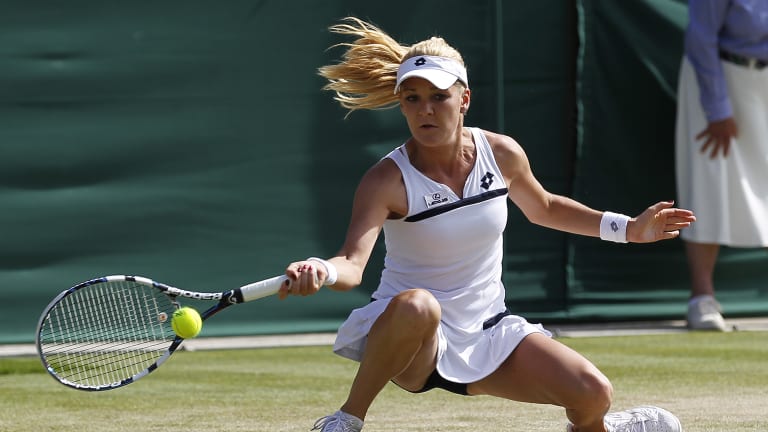
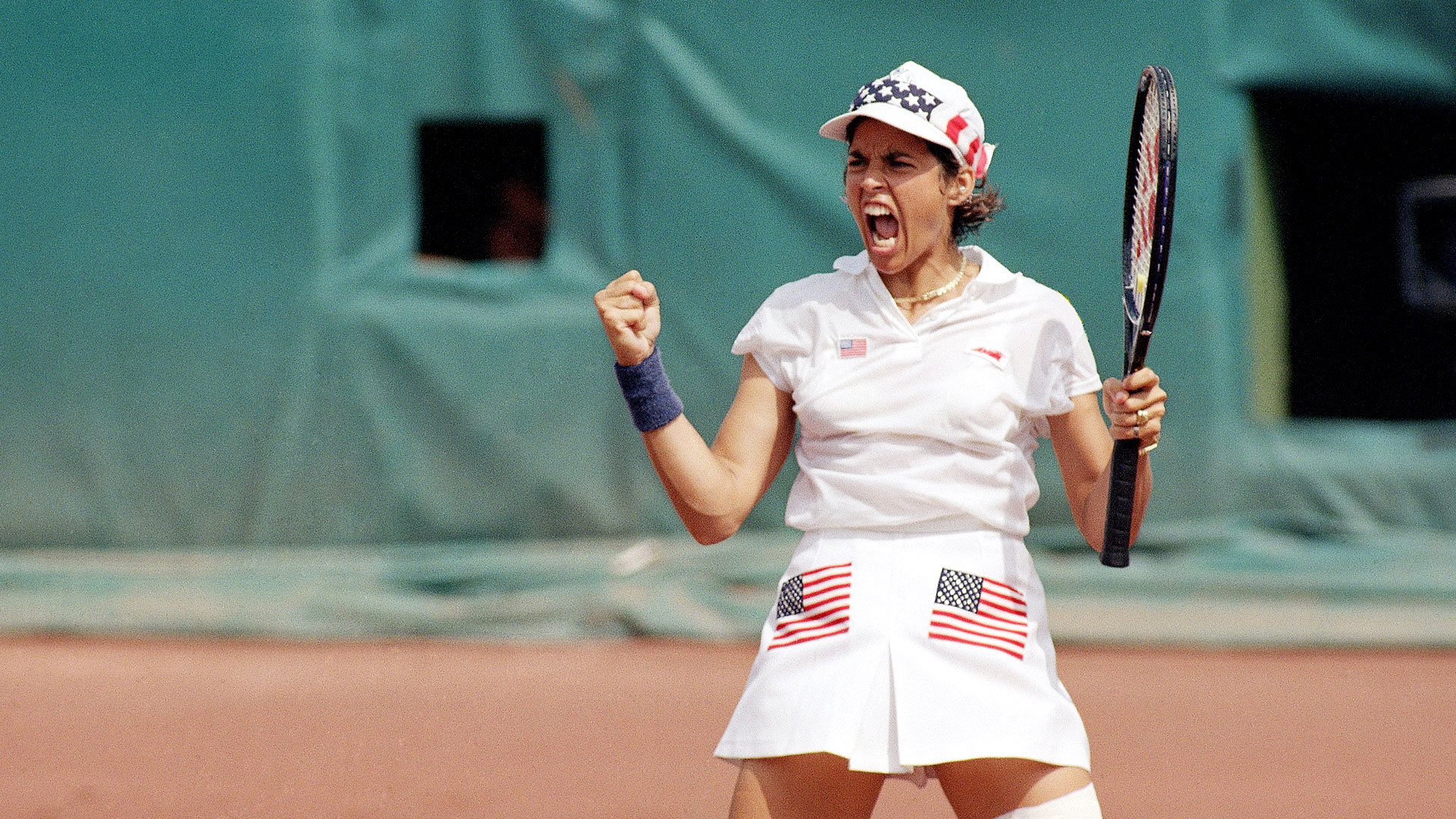
We would likely need a longer and quite robust study to fully investigate some of the questions identified above. The extreme volume of tennis players that qualify as professional does limit our ability to examine the collective in a way that we did not encounter in the sphere of team sports. However, tennis does allow us to at least assume certain factors. For instance, the idea that the individualized component presents more unique opportunities for elite athletes within the tennis realm would appear to ring largely true. At least for those that are able to accomplish a certain degree of athletic achievement. The caveat within that, though, is that the sport itself has been singularly dominated over the past few decades by just a select few. Which means that opportunities, while present, may ultimately be somewhat limited given this level of dominance.
That’s not to say that there are no worthy candidates on the side of the former athlete. Agnieszka Radwanska has started her own hotel business post-tennis. Gigi Fernandez developed a business that blends travel and tennis in serving up unique opportunities around the globe. Dominika Cibulkova started ByDomi, a clothing company that doubles as a foundation in her native Slovak Republic. Former professional Sam Warburg is a venture capitalist out of San Francisco. He is one of a number of former professionals who have found their way into the world of venture capital or finance.
There are also a number of current athletes setting themselves up for success in transition. These athletes will be discussed as part of the future trends. However, one component that appears present within the tennis world is a mindset that sits apart from those within a team sport. Team sport athletes follow a quite standard trajectory. Excel at the prep level, maintain or elevate at the collegiate level, and reach the professional ranks. Tennis athletes do not have such a set pathway carved for them. Nor is the threshold for success as clear cut as a contract for a team sport draftee. This requires the mindset to differ. Tennis players must have contingencies. It would be foolish to think that all of them do. But given some of the transitions from our sampling, it is clear that certain routes, such as finance, represent a consistent supplementary plan for those who might not reach a level of success in professional tennis that allows them to flourish in the way that some of their peers might.
TOP 10 PROFESSIONAL TENNIS TRANSITIONS
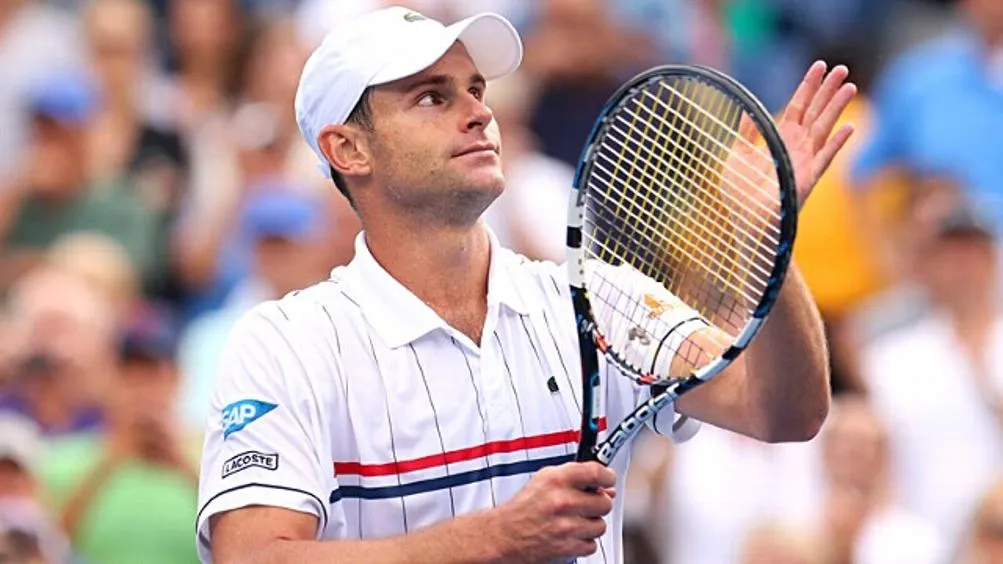
10. Andy Roddick
- Reported Net Worth: $40 Million
- Years Active: 2000-2015
- Notable Business Interests or Industry: Real Estate, Investments
Summary: A massive star in the tennis world from a young age, Roddick began preparing for transition while he was still active. This primarily predicated around real estate, where Roddick continues to maintain a business presence. However, he has also served as an investor for a number of companies across different industries including an early investment in Travis Matthew and more recent ones in Cure, HumanCo, and Tiff’s Treats. This comes in addition to his foundation work, which seeks to educate young people through STEM opportunities and helping to improve financial & technical literacy within the younger generations.
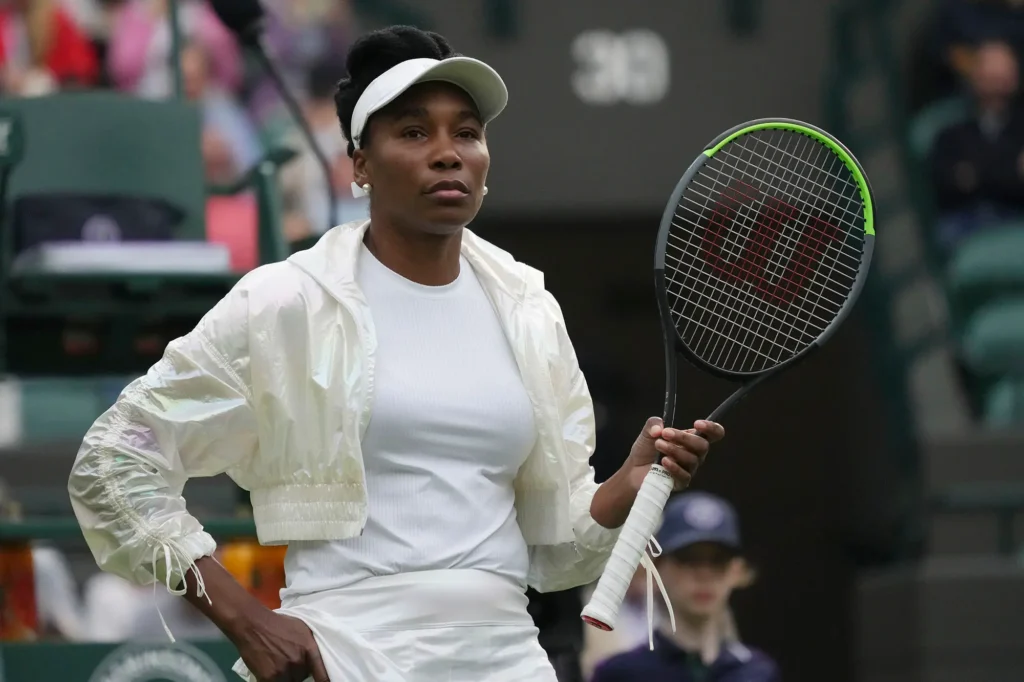
9. Venus Williams
- Reported Net Worth: $95 Million
- Years Active: 1994-2024
- Notable Business Interests or Industry: Lifestyle, Investments, Venture Capital
Summary: Williams represents one of the athletes on our list who technically remains active, albeit in more of a participatory sense. Beyond myriad of endorsement deals from her playing career, Williams owns or has a stake several businesses that stretch across multiple industries, many of which are adjacent to the lifestyle concept. V Starr Interiors, plant-based superfood company Happy Viking, lifestyle brand EleVen, minority ownership in the Miami Dolphins, and serving as chief brand officer of health brand Asutra are included among her portfolio. More recently, Williams took on a more direct approach to investment as she joined Topspin Consumer Partners in an advisement role.
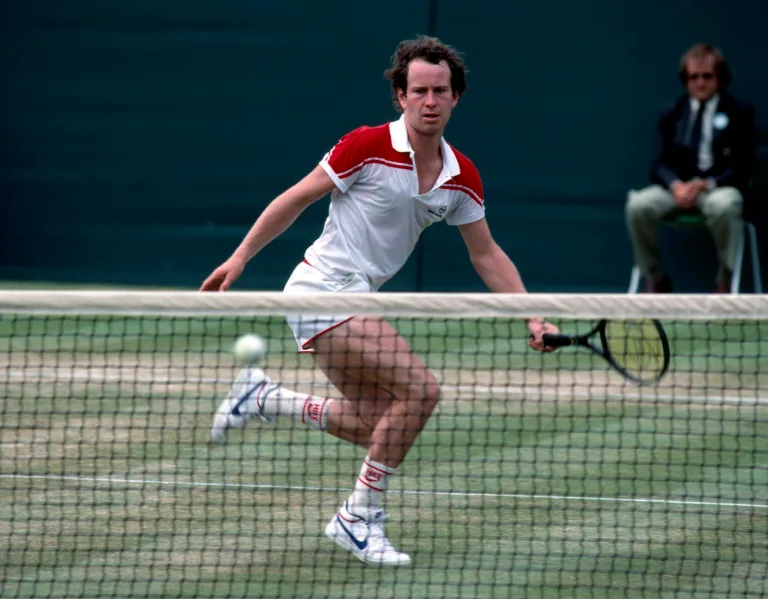
8. John McEnroe
- Reported Net Worth: $100 Million
- Years Active: 1978-2006
- Notable Business Interests or Industry:
Art & Media, Real Estate
Summary: Since stepping away from professional play, McEnroe has been able to demonstrate his business acumen primarily via the real estate industry. He has bought and sold multiple high-value properties within California. This comes in addition to his stock portfolio and continued work in broadcasting and various media appearances. An avid art collector, McEnroe also maintains ownership over an art gallery in Manhattan. His activity within the world of business is not quite as well known, however, as his work in the commentating space. Both McEnroe & his brother, Patrick, provide commentary across various networks for some of the sport’s biggest tournaments.
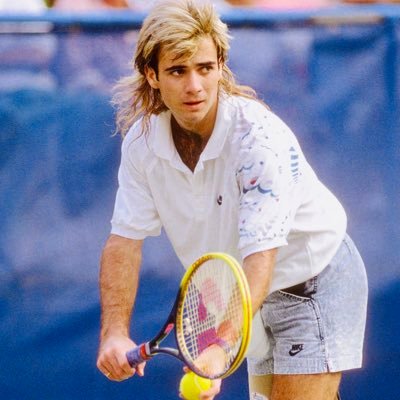
7. Andre Agassi
- Reported Net Worth: $145 Million
- Years Active: 1986-2006
- Notable Business Interests or Industry:
Investments, Education
Summary: Agassi’s business dealings began long before his career came to an end, with education serving at the forefront of that activity. When he was 23, Agassi started the Andre Agassi Foundation for Education and opened the Andre Agassi College Preparatory Academy in 2001. Since then, he’s worked to expand the investment and the influence. He’s been a part of investment groups that have opened eighty charter schools across the U.S. More recently, he became involved with the rapidly-growing sport of pickleball, as a business presence for 2024’s impending Pickleball Slam.
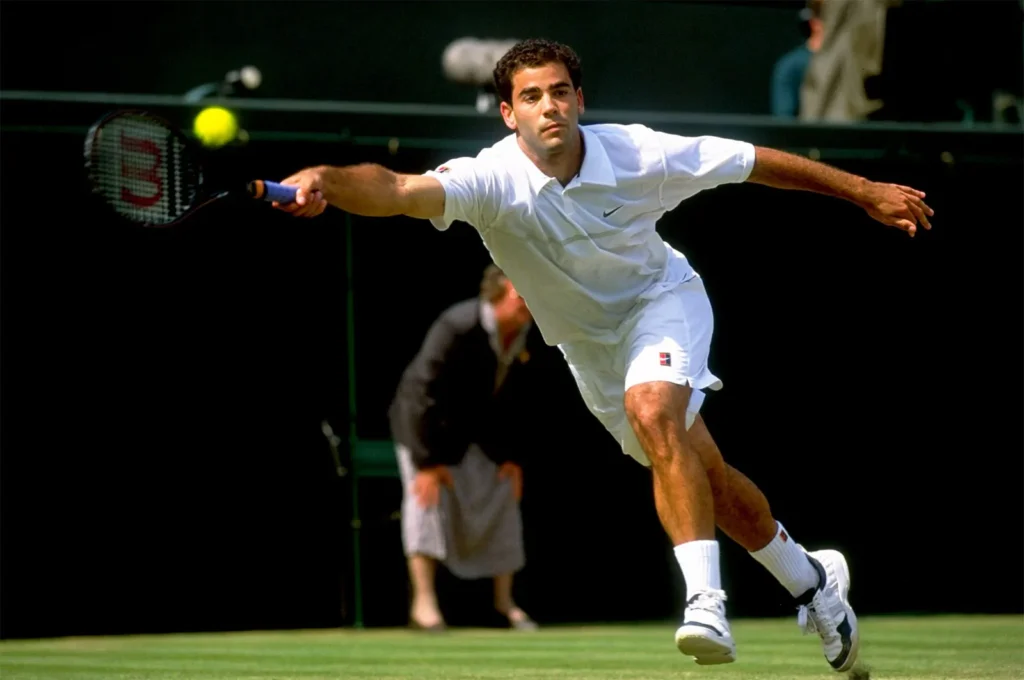
6. Pete Sampras
- Reported Net Worth: $150 Million
- Years Active: 1988-2003
- Notable Business Interests or Industry:
Real Estate, Investments
Summary: Perhaps the most dominant tennis presence prior to the more modern era, Sampras has continued to foster his substantial earnings from his career primarily through investments and real estate. Investment properties alone have accounted for the majority of his business success in the years since his retirement from professional tennis. Sampras also co-founded athlete management company Pure Sports Management with his brother, as well as the Pete Sampras Tennis Academy.
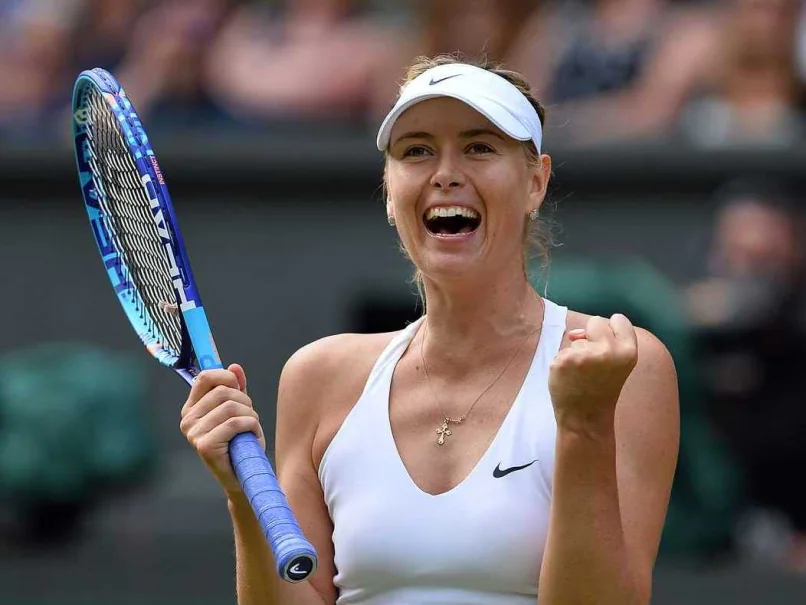
5. Maria Sharapova
- Reported Net Worth: $220 Million
- Years Active: 2001-2020
- Notable Business Interests or Industry:
- Fashion, Wellness, Investments
Summary: Since carving out a lengthy tennis career, Sharapova has become a force in the investment world. She is a board member for fashion company Moncler, the founder of Sugarpova premium candy, and an investor in additional companies that include Bala Bangles, Tonal, Therabody and Supergoop. More recently, she invested in rising shoe company Wolf & Shepherd. Sharapova’s business dealings and ambitions are clearly defined within the industries she aligns, with a desire to continue to establish herself within fashion and wellness.

4. Rafael Nadal
- Reported Net Worth: $220 Million
- Years Active: 2001-2024
- Notable Business Interests or Industr: Investments, Sports, Real Estate, Hotels, Renewable Energy, Media
Summary: While still officially active, Nadal has indicated that 2024 might be his last year in the professional ranks, including already declining to participate in the 2024 US Open. Given that, we are including him in our transitions given the volume of work that has already been done in his case to support a successful one. Nadal’s holding company, Aspemir, has afforded him controlling interest in at least twenty companies, among which are venture capital, media, and real estate interests across Spain and the United States.
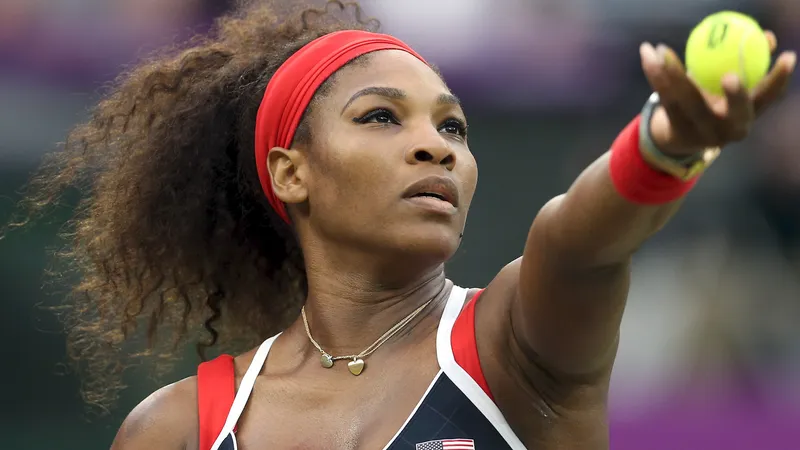
3. Serena Williams
- Reported Net Worth: $340 Million
- Years Active: 1995-2022
- Notable Business Interests or Industry:
Venture Capital
Summary: Perhaps the most dominating presence featured on achievement alone, Williams has compounded her tennis prowess with equally strong business acumen. This is seen predominantly with Serena Ventures. With a partnership with Cash App at the top, Williams’ investment fund seeks diverse founders of various start-ups. Thus far, this has included the weight-loss app Noom, crypto company Nestcoin Holding Limited, and bodywear company nude barre. A stake – with sister Venus – in the Miami Dolphins, Tonal, Impossible Foods, financial tech company Esusu are also featured among the sixty-plus companies in which Serena Ventures has invested.
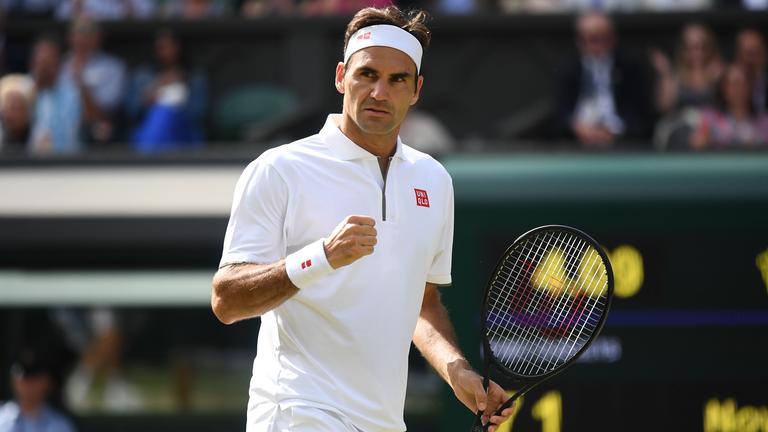
2. Roger Federer
- Reported Net Worth: $550 Million
- Years Active: 1998-2022
- Notable Business Interests or Industry:
Investments
Summary: Even if Federer’s standing on this list was largely due to earnings in a career that just recently ended, his signature investment is likely to boost him even further up the list. On Running, a brand of walking and running shoes that has exploded in popularity, features Federer as a primary investor. Federer purchased a three percent stake in the company when he started seeing the shoes from the Swiss shoemaker. Since then, his investment has grown to a value of over $300 million.
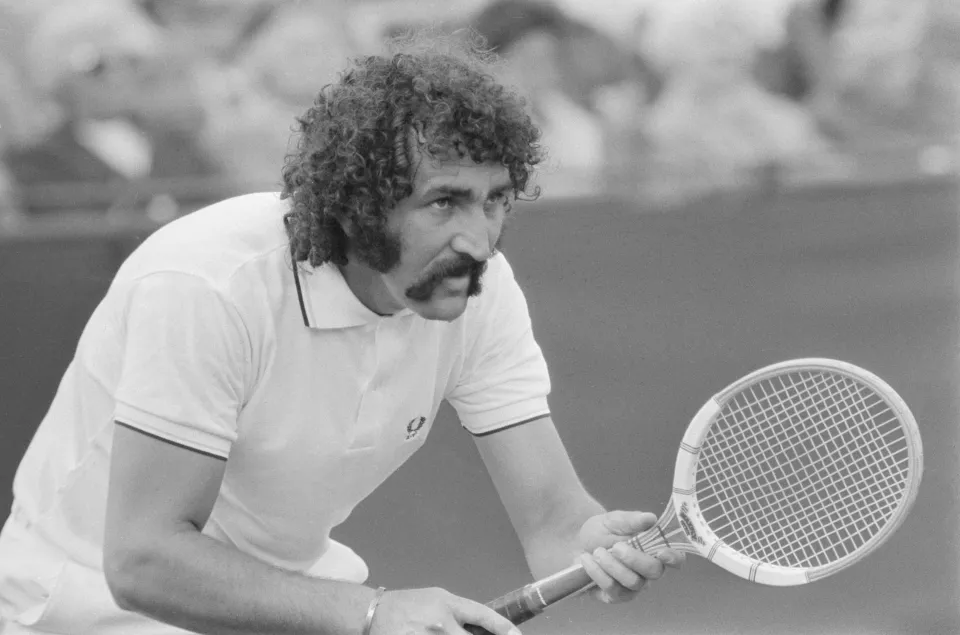
1. Ion Țiriac
- Reported Net Worth: $2.2 Billion
- Years Active: 1958-1979
- Notable Business Interests or Industry:
Investments, Banking, Insurance, Retail, Real Estate, Automotive, Media
Summary: The first Romanian to appear on Forbes’ list of billionaries, Țiriac became heavily involved in the business world upon his retirement from professional tennis. He founded Țiriac Bank in the early 1990s, with his interests evolving into a range of businesses in the subsequent years. Additional business dealings include the leasing of private jets, car dealerships, insurance, and elevator manufacturing among his extensive portfolio.
NOTABLE TRENDS & DISCUSSION

We have already discussed the ways in which tennis, as an individual sport, stands apart from its team sport counterparts within the professional world. This is an idea further reflected in how tennis stands apart from what we might deem a more traditional transition into the world of business. Most often, we see professional athletes get involved with established brands via investment or franchising or put their money into venture capital as a means of investing. While those trends are somewhat present here, it is only merely. Instead, tennis athletes are maintaining a more direct stake in their business endeavors. Real estate, for example, represents a fairly common practice among many former athletes. As it relates to former tennis players, however, it is far more consistent practice. John McEnroe, Andy Roddick, Pete Sampras, and Rafael Nadal all demonstrate this to extensive degrees.
While real estate represents a primary means of investment on the tennis front, there is a far more consistent presence in start-ups on the part of tennis players. In many cases, these start-ups are of their own design. The lifestyle of tennis athletes as such that wellness and footwear companies appear to be of the utmost interest. It is an interesting trend, as each industry features a certain degree of oversaturation in today’s media and economic landscapes. However, given their proximity to the value of these types of products and their ability to showcase it as part of their athletic performance, that oversaturation does not appear to be of any hindrance.
One interesting component of the tennis transitions is that of education. It is noteworthy that two separate athletes have taken steps to improve the education of young people. Andy Roddick’s foundation work emphasizes STEM and financial education, while Andre Agassi has taken a more direct approach via his own college preparatory institutions. While it is not at all uncommon to see athletes and, likely, their foundations take an interest in the education and educational support of young people, this serves as an extension of the process featuring more direct outcomes.
It also seems important to discuss the standalone path of Ion Țiriac, who stepped away from tennis in order to create an entire business empire. We have seen intensely successful transitions from athletes across a variety of different surfaces. However, Țiriac’s path is a host unto itself, as he has built up businesses in multiple industries that would appear to dwarf his athletic career entirely. This archetype does exist within the world of sport. We have seen athletes set a new standard in matters of transition. Țiriac, however, appears unmatched in this regard. Within Țiriac’s transition lies an interesting conversation about some of his peers in this version of transition excellence. Specifically, names such as Michael Jordan & Magic Johnson out of the basketball world come to mind. Țiriac’s business career almost seems to dwarf his accomplishments on the tennis court. Whereas names like Jordan & Magic are able to transcend between the two worlds. The general public is able to maintain an awareness of their individual excellence between the lines of a basketball court while also acknowledging their business pursuits to a similar extent. The factors causing a disparity between these athletes is certainly food for thought as it relates to future discussion.
Above all, however, is our choice to put men & women on the same list. To date, each edition of the PRO2CEO Report has distinguished men from women on the list, with our WNBA report offering commentary on the future of the sport helping to bridge some of the gap that existed within the world of basketball. In addition to it being unique given the individual nature of the sport, tennis is also unique in its approach to pay between genders. As such, we chose to proceed down this route due to the aforementioned singular nature of the sport. Fewer names make a higher volume of names thriving in transition more difficult to pinpoint in as meaningful a fashion. This presented more balance in the overall net worth by which the report is organized. Additionally, since 2007 the major tournaments have paid out equally. This presented us with an opportunity to feature men & women within the same list in order to highlight them on equal footing.
Even this concept, though, remains imperfect. There is an issue of concentration of earnings. With tennis featuring such a distinct “elite” tier of athletes those at the top are able to transition more effectively due to a more stable financial foundation. Athletes in certain individual sport counterparts, such as golf, or existing on the fringes of a roster of a team sport are able to better support themselves financially and thrive in transition, even if they are not competing at the highest of ability levels. Additionally, while the major events have paid out equally, there remains a significant disparity between ATP & WTA event payouts. Work began on this front in the middle of 2023, but the issue remains present nevertheless. However, the fact that the gap – which already stood as the smallest among professional sports – is being addressed bodes well for the future of this list. With that, the choice was made to combine men & women into a single list simultaneously, with the justified hope that the attention being paid to the current gap will lead to positive movement in our next investigation into the tennis space.
FUTURE OUTLOOK & CONCLUSIONS

The sport of tennis is at something of a crossroads. Roger Federer & Serena Williams have each left the game within the last couple of years. Rafael Nadal & Venus Williams are competing, but not in a way that they might have at their prime, both in terms of volume of appearances or individual accolades. While there are rising stars on both sides of the ball, the imminent departure of Novak Djokovic within the next couple years does leave open the opportunity for those to seize the void sure to be left by the legends of a still-very-recent vintage. With that soon to be the case, we can identify at least a few athletes who merit an honorable mention while simultaneously representing the next wave.
The aforementioned Novak Djokovic represents perhaps the most obvious candidate to find his way onto our list when its career has reached its end. A distinguished career that lands him on our list by net worth alone, Djokovic also boasts a solid business resume to date. Investments & ownership thus far include investments in real estate & tech, his own restaurant chain in Serbia, and wellness product SILA that he launched in conjunction with waterdrop®.
Naomi Osaka has been able to parlay a strong start to her career into a multi-faceted business empire. With a stated goal of being a voice for progress and change, Osaka has founded or been a part of founding media company Hana Kuma, skincare brand KINLÒ, and the first-of-its-kind female-led talent agency, Evolve. Her non-profit, Play Academy, also does work to promote positive play and gender inclusivity among community sports organizations in Japan, Haiti, and the United States. She is also a co-owner of the North Carolina Courage of the NWSL.
Between a global pandemic and a long-term hip injury, 26-year-old Priscilla Hon was able to start building up her business portfolio earlier than she otherwise would have. She launched sneaker brand Platform Six, which not only utilizes sustainable materials, but donates a portion of proceeds toward abolishing human trafficking and supporting mental health for LGTBQIA+ youth. She is also a brand ambassador for rising Australian sportswear company Aje Athletica.
At just 20 years of age, Coco Gauff is already building her own portfolio. Danielle Collins has started Danielle Collins Jewelry despite a career still in its infancy. Tsvetana Pironkova launched women’s sportswear company Pironetic. Stefanos Tsitsipas has made a name for himself in digital spaces, primarily on YouTube. This all speaks to a number of different directions in which athletes that are part of the tennis world have at their disposal.
Other sports have showcased evolving means of transition. Some athletes have turned to certain forms of media in order to take advantage of new landscapes available there. Others have collaborated as part of a collective in order to form multi-faceted businesses. Tennis is not unique in this regard. The transitions now look different than even a decade ago. However, the evolution of the sport itself, from the domination of just a few, to more of a varied field should have a certain level of bearing on what transition looks like in tennis just a few short years from now.

